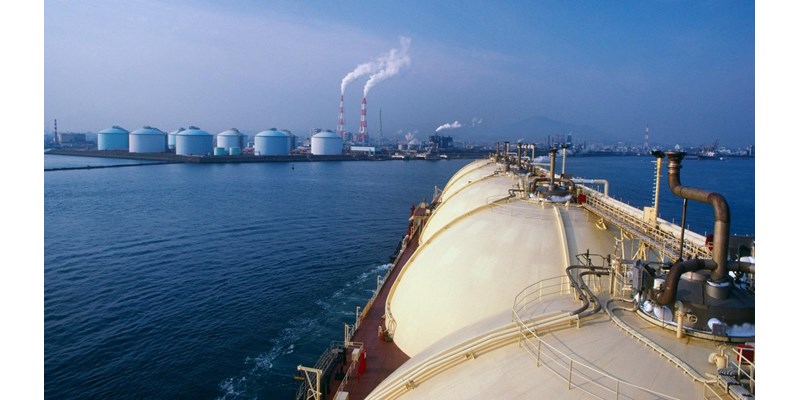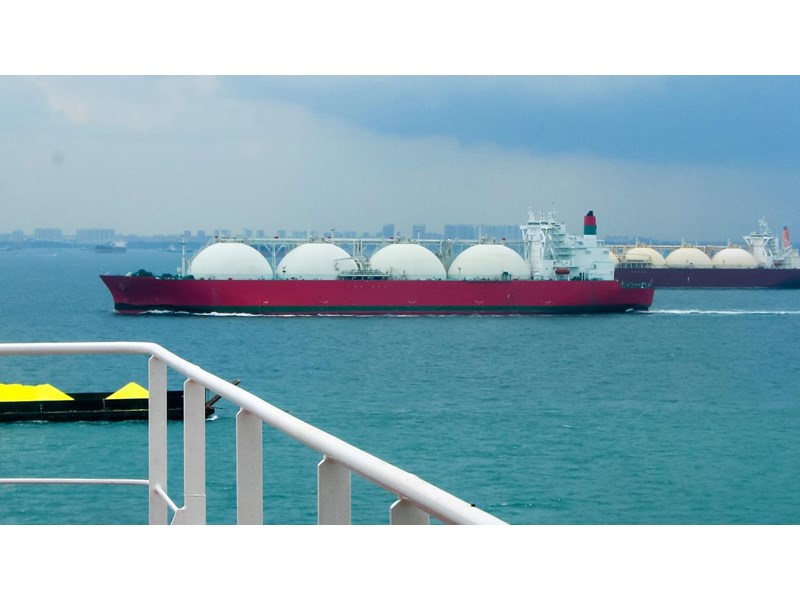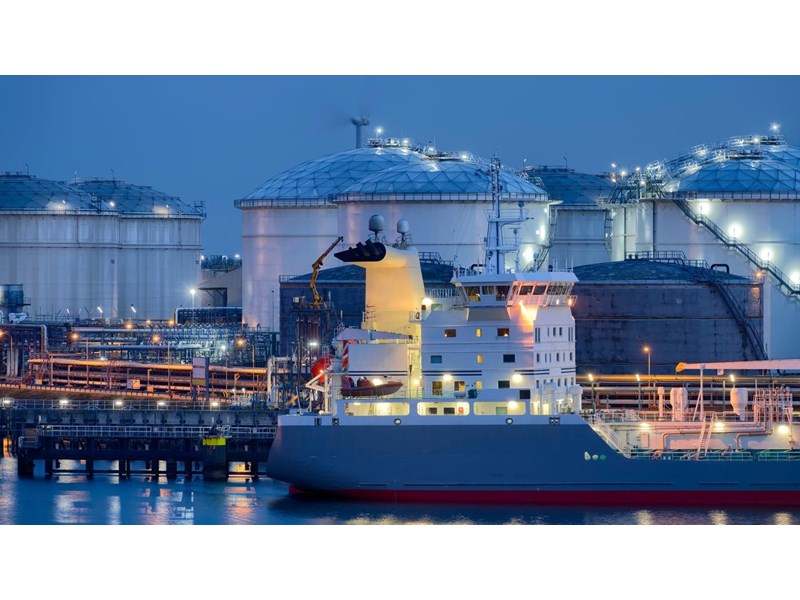
LNG Carbon Emissions Tool
A multi client case study
Submit your details and we’ll be in touch to arrange a demo
An independent evaluation of carbon emissions in the LNG sector
A detailed independent evaluation of carbon emissions along the LNG value chain
Evolving emissions policies and changing corporate positioning is leading to increased emphasis on the transparency of emissions associated with the production and supply of LNG into the global market. While the availability of “primary” data is increasing in some parts of the value chain there is still a significant requirement for reliable sources of “secondary data” to provide a comprehensive picture of emissions from source to final consumption.
Sellers, buyers, regulators, and traders are becoming more focussed on the carbon footprint of LNG supplies. As a result, in the absence of primary data, there is an ongoing need to provide counterparties with a credible estimation of the emissions associated with LNG cargoes from projects across the globe. In addition, understanding the competitive positioning of projects based on their carbon intensity, and the potential implications of possible carbon costs, can inform buying strategies.
The LNG Carbon Emissions Tool 2024 builds on the success of the 2021 version as an independent and transparent source of detailed secondary data, providing a more granular estimation of carbon emissions along the LNG value chain, enhanced coverage of LNG supply projects, shipping and import terminals and greater user flexibility.
What can the LNG Carbon Emissions 2024 Tool do?
- Estimate the carbon emissions for any cargo based on the source, destination and voyage/shipping characteristics
- Compare the carbon emissions from multiple LNG projects supplying a specified regasification terminal, or the emissions from one LNG project into multiple regasification terminals
- Benchmark the emissions intensity of multiple LNG projects, offering a detailed breakdown of the key differences in emissions between projects along the LNG value chain
- Benchmark the LNG related emissions for every supply country across the globe
-
LNG Project Benchmarking
Comparing LNG projects emissions with a fair and consistent methodology
-
Value Chain Emissions
CO2 and CH4 emissions estimations along the entire value chain - upstream, pipeline, liquefaction, shipping, regasification, and end market
-
Carbon Liability
Assess the potential carbon liability of an LNG cargo under varying carbon price
-
Detailed Breakdown
Investigate the 18 emissions source categories along the value chain for 15,000+ possible shipping routes
What is the scope of the new LNG Carbon Emissions Tool 2024?
- Includes emissions estimations for all operational and under construction LNG projects, as well as those we expect to take FID in the next 6 months
- Estimates the CO2 and CH4 emissions from 19 distinct emissions sources along the LNG value chain, from upstream production to final gas combustion
- Allows the selection of vessel size, speed, voyage route options and propulsion technology in calculating the shipping emissions using the most up to date ship performance data
- For North American projects, provides flexibility to select the sources (basins) for gas and the ability to include Certified Gas
- Assesses the potential carbon liability associated with a cargo based on a selected carbon price
- Offers a clear, detailed and transparent description of Wood Mackenzie’s methodology for the emissions estimation
How is the 2024 Tool different from the 2021 version?
- Provides a considerably higher level of accuracy due to the detailed assessment of the individual sources of emissions (see key input factors below)
- Incorporates key environmental factors affecting efficiencies and thus emissions (eg. ambient air temperatures for liquefaction and seawater temperature ranges for regas)
- Allows the inclusion of Certified Gas for North American projects and the setting of electric power composition for grid supplies
- Uses gas pressure data and estimates to more accurately assess compression fuel use for pipelines and gathering/boosting
- Provides more flexibility for the user to accurately define the cargo size and voyage required – including more choice of vessel sizes, routes, speeds, etc.
- Extensive calibration against actual data from public domain sources and through interactions with operators
- Web based platform allows greater accessibility across client organisations
Want to know more?
Read our latest thinking on LNG and how can LNG Carbon Emissions Tool help to analyze all the latest trends below.
What is a carbon neutral or “green” LNG cargo is in terms of which emissions are offset? We’ve taken a closer look at these green cargoes, looking at who’s trading them and what defines them as green. Find out more about green LNG cargoes here.

Where is the LNG industry’s thinking on carbon emissions?
Read the articleGet in touch
Find out more about the LNG Carbon Emissions Tool and how Wood Mackenzie can support your business.

Gavin Law, Senior Vice President, Head of Gas, LNG and Carbon Consulting.
